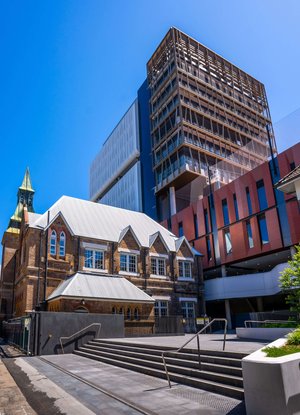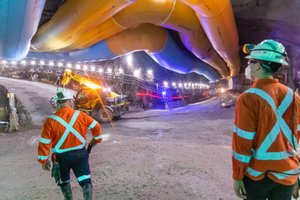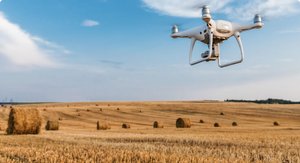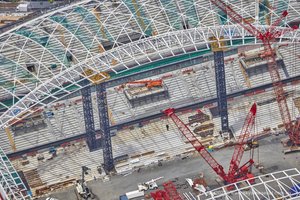Developing the State Infrastructure Strategy
Infrastructure NSW provides independent expert advice to the NSW Government on its short, medium and long-term infrastructure policy and investment priorities.
In accordance with the Infrastructure NSW Act 2011, Infrastructure NSW is required to review and submit a revised 20-year State Infrastructure Strategy to the Minister for Infrastructure every five years.
The 20-year Strategy recommends reforms, policies and projects that respond to NSW’s changing economic, social and environmental outlook. It assesses infrastructure problems and solutions, and provides recommendations to best grow the State's economy, enhance productivity and improve liveability for our NSW community.

Guiding principles
NSW faces a range of complex long-term challenges and opportunities. To be effective, the NSW Government will need to use a range of policy levers and initiatives to complement and get the best outcomes from investment in hard infrastructure.
To ensure a focus on outcomes, the 2022 State Infrastructure Strategy was developed using the following guiding principles:
1
Optimise existing assets and networks
Opportunities to fully utilise existing assets should be prioritised, including through augmentation of existing networks, maintenance and upgrades.
2
Enhance outcomes with non-build initiatives
Supporting policies, standards, platforms and systems should be used to complement physical infrastructure.
3
Strengthen service reliability and resilience
Investments in existing assets should focus on lifting the reliability of those assets and resilience of communities most at risk of disruptive events.
4
Leverage private investment
Wherever possible, public funding should be supported by private funding and investment in complementary assets and services.
5
Ensure accountability arrangements are in place
Roles and responsibilities throughout the infrastructure lifecycle should be clarified to achieve desirable outcomes.
6
Partner with local governments and communities
Engagement and involvement of local governments, communities and other stakeholder groups should be embedded throughout planning, design, delivery and operation.
7
Drive collaboration across government
Integrated land use, infrastructure and service planning should be the default approach to solving complex infrastructure challenges.
8
Pursue long-term fiscal and market sustainability
Infrastructure funding sources should be diversified, and infrastructure investment rigorously prioritised and sequenced to ensure the market can deliver projects sustainably.

Relationship to other NSW Government strategies
While the Strategy represents Infrastructure NSW’s independent advice to the NSW Government, its development process has been consultative and collaborative across the NSW government sector.
This includes close partnership with Transport for NSW and the Greater Cities Commission (formerly the Greater Sydney Commission) to ensure alignment on the Government’s infrastructure strategies for Greater Sydney and transport infrastructure across all of NSW.
Explore the Strategy
Discover key aspects of the Strategy and find what’s most relevant to you.

Browse each of the 9 long-term objectives underpinning the Strategy, including the challenges and opportunities facing NSW.

Search and explore recommendations made in the Strategy.

Download the Strategy to read the full report.
Related links
Find out more about Infrastructure NSW’s previous State Infrastructure Strategies.
